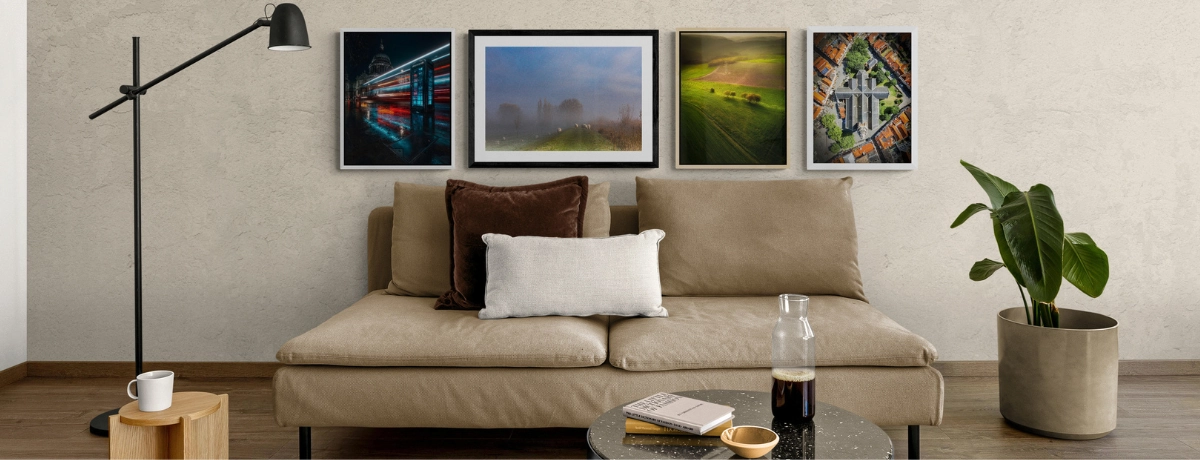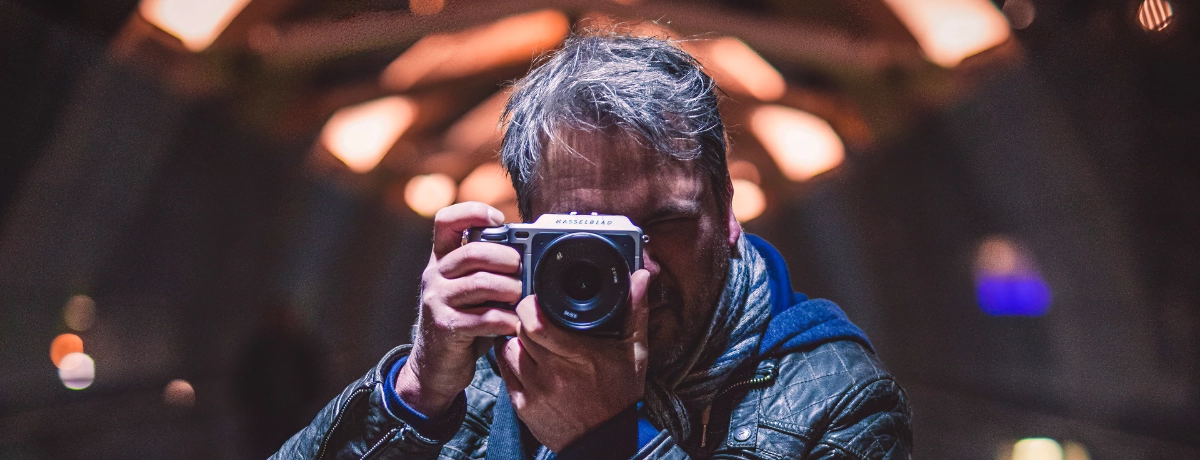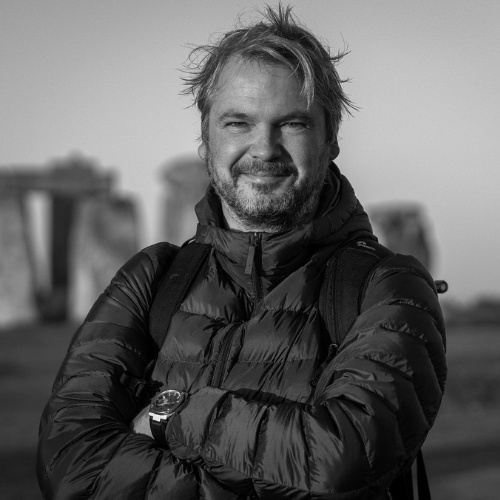Food photography how to start?
In conversation with Samantha Rorijs
The holiday season has come and gone, and once again, we've seen the most beautiful dishes on social media. You've probably come across a dish that made you go "WOW!! This looks so beautiful, I should capture this dish.''
But how do you take the best food photo, and what's important when photographing food and drinks? We did some research and asked Samantha Rorijs, a photographer who's absolutely crazy about food photography.
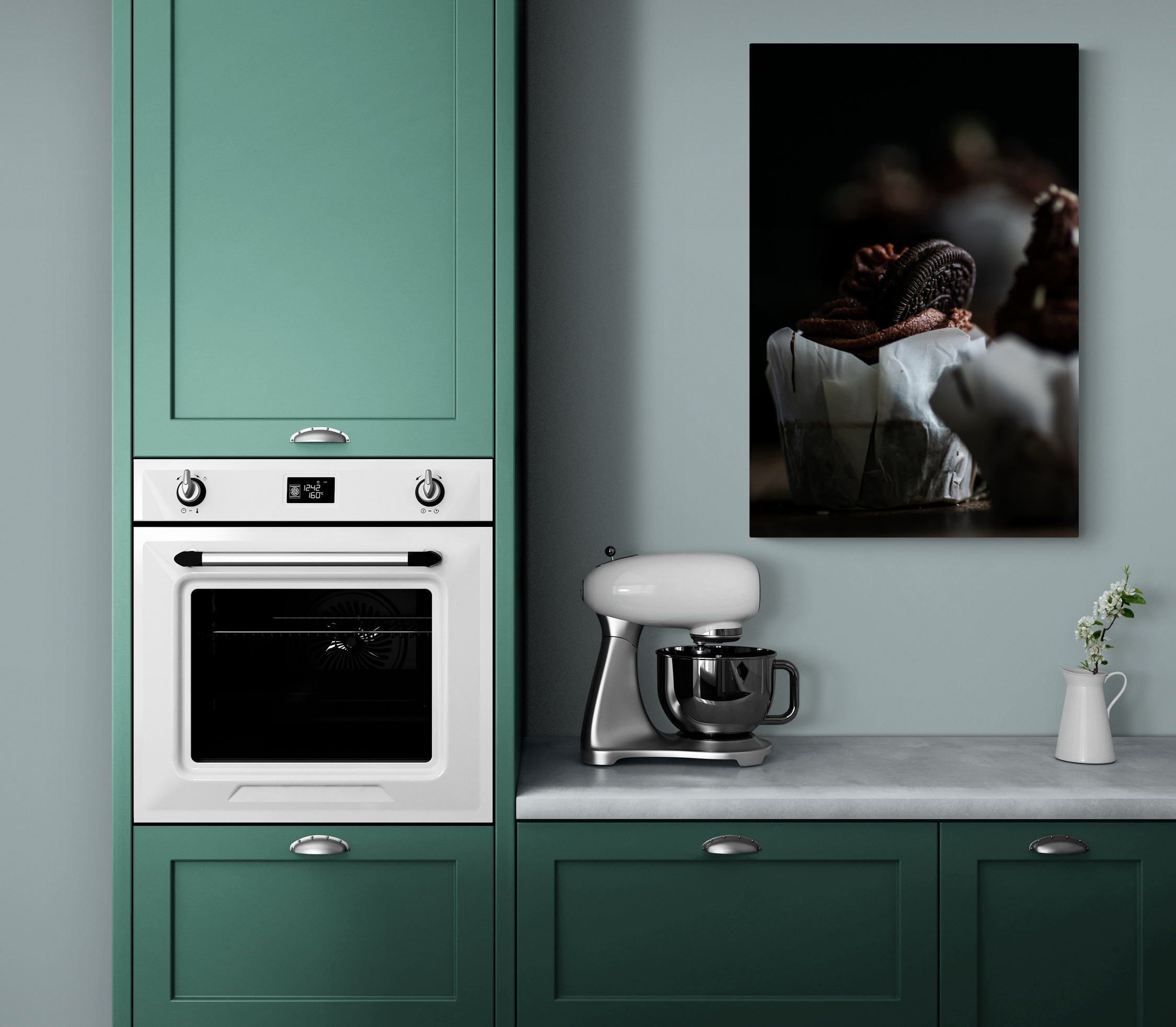
Oreo in glass - Acrylic glass print
1. Who are you, what do you do besides photography, and what gear do you prefer?
Hi, I'm Samantha, a photographer, and in my daily life, I work as a medical secretary at the UMC Amsterdam. I've been doing photography for years. I found photos interesting and started simply with my mobile phone. Then I bought some mini lenses for my phone before making the leap to a real camera. Today, I shoot with my Nikon 7500.
2. How do you start photographing food and drinks?
Start by thinking in advance about how you want your composition to look. Start with the basics, in my case, these were the cupcakes. Elements like colors are especially important here, so make sure the color schemes match.
Shutter speed 1/125 and aperture 5.6 and 8. The ISO varies depending on the photo and, as you know, the conditions. So, I took photos at 200 but also between 800 and 1600. The reason for this during my last shoot was because it was getting dark, and there was less natural light available.
Check the sharpness, composition, and exposure of my photos in the meantime. It's just a matter of shooting, looking, adjusting, and shooting again. Once you're happy with the basics, you can slowly add new elements to the composition. The fun part about adding new elements is that your photos start to come alive even more. For this, I used stars and candles, for example. This creates an extra dimension in your composition and allows you to easily incorporate your own touch into the composition and therefore the photos.
Once your photo shoot is done, hopefully, you'll have something delicious to drink or eat. After that, it's all about editing, editing, and more editing.
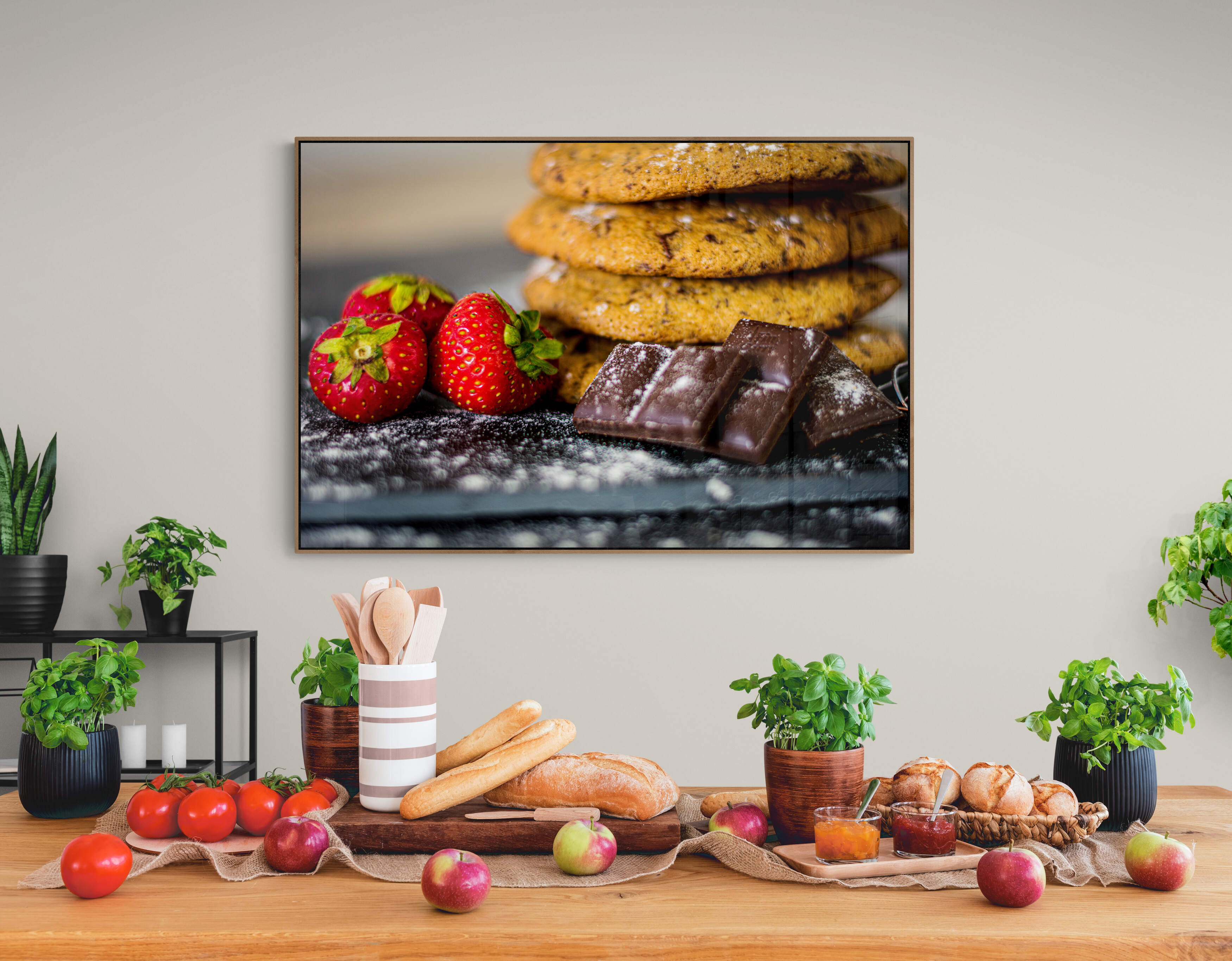
Who is your major influence/inspiration in (food & drink) photography?
For food photography, my major influence is Bea Lubas. She can bring out her own identity through her editing in such a way that she knows how to put both the simplest compositions and the most challenging compositions almost immediately to her liking.
Additionally, although it's not directly related to food photography, Albert Dros is one of my heroes. Besides food photography, I'm also a huge fan of landscape and nature photography.
What is your favorite piece of your own work?
Since 2017, I have several photos that I'm extremely proud of. As far as food photography is concerned, I find my photo titled "Sweet" the most beautiful.
What tip/trick would you like to share with every other photographer?
- Make sure your image isn't too cluttered. This makes certain elements stand out more easily.
- Be practical; at the thrift store, you'll find the most beautiful old spoons, jugs, cups, plates, and other tableware.
- You can make it as elaborate as you want. Go the easy route and buy your food items in the store and make them look beautiful yourself. Or take a few extra hours and make exactly the dishes you want yourself. The advantage here is that you can capture all phases of the process step by step, from individual ingredients to the finished product, in photos.
- Turn off your flash. Unless it's very dark.
- Are you alone? Then use your tripod, it saves you 50% of the work
- Make use of natural light. In many cases, it's still the most beautiful.
- Gebruik accessoires, nagenoeg alles wat in lijn met eten en drinken ligt kan van toegevoegde waarde zijn bij food photography
- Use accessories; almost anything related to food and drinks can add value to food photography. And finally; make sure your food looks extremely fresh, use a water spray or use olive oil. If this doesn't work, fake it like with whipped cream, where most professionals use shaving cream. It stays up longer.
Thank you for reading, good luck, and enjoy your meal!
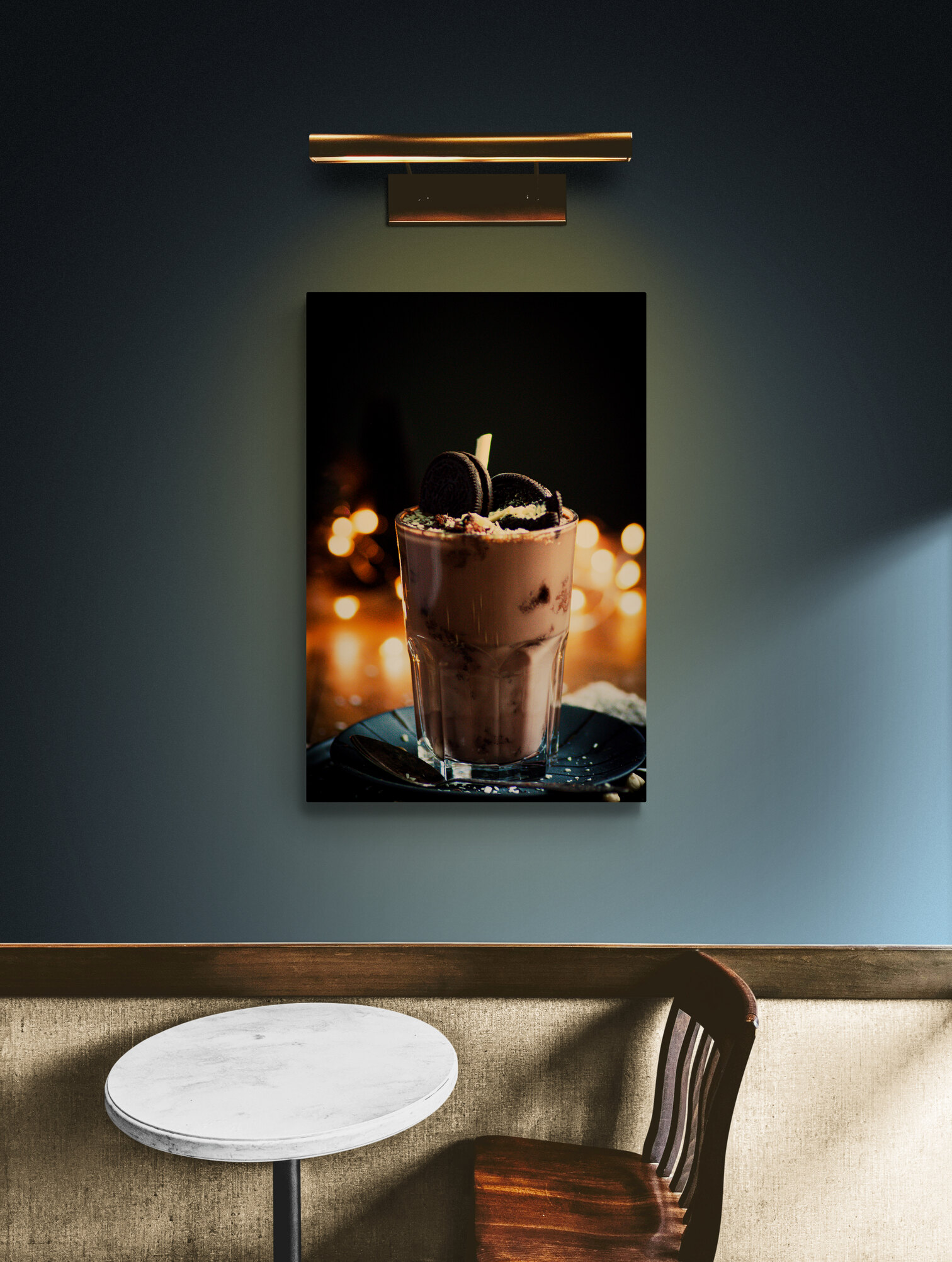
Milkshake - Acrylic glass print

Why choose glass art as wall decoration?
Why choose glass art as wall decoration? Glass art is one of the most versatile and impressive forms...
 Joost van der Giessen · 4 Jan 2025
Joost van der Giessen · 4 Jan 2025
